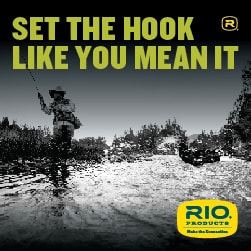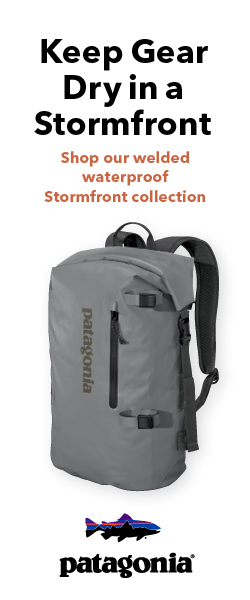New rules, no-fishing zone for Biscayne National Park
 Monday, June 8, 2015 at 12:00AM
Monday, June 8, 2015 at 12:00AM 
Having Miami as a next-door neighbor has taken a severe toll on the 270-square-mile Biscayne National Park over the last three decades. Over-fishing has slammed stocks — more than 70 percent of 17 species are down — while anchors, traps lines and heavy boat traffic have crushed corals and raked seagrass meadows. More than 11,000 prop scars mar flats. Only six percent of its reefs remain.
The National Park Service will unveil a new general management plan intended to start reversing the decline with a suite of new rules for visitors that will, for the first time, include a controversial “no-fishing” marine reserve.
LINK (via: The Miami Herlad)











